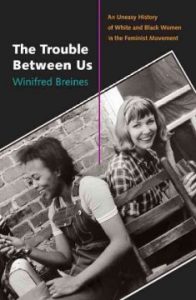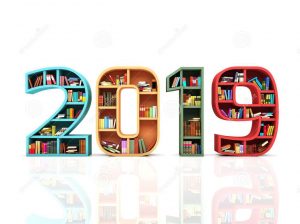
We’re not terribly big fans of New Year’s Resolutions in general, beloved patrons, as I think we’ve mentioned here previously. If you want to make a change in your life, there is no better time to start than right now(ish), regardless of the date or time. And there is no reason to feel pressured to make changes if you don’t feel the need or desire to do so, no matter what anyone tells you. We think you’re terrific.
That being said, there’s no time like the present to indulge in some good habits, right? And in that spirit, we wanted to let you know about some of the phenomenal reading challenges and book lists for 2019 that will help you expand your reading horizons, walk a mile in some new shoes, and find some new kinds of storytelling the the new year.
A good place to start is right inside the Main Library, where we have some book displays to get you started. Check out our “Resolve to Read” Card Catalog Display, which features some of the titles listed below, as well as the “Broaden Your Horizons in 2019” Display, which has books to help you become a better human; we have books to help you learn how to cook, how to fix things, about understanding your rights in the workplace, and about our brains and bodies, how they work, and what they can do, all of which have been organized to help you find some new skills or new facts to store in your brain for the perfect upcoming occasion.

In addition to our curated lists, we also encourage you to check out Book Riot’s 2019 Read Harder Challenge, an enormously popular reading resolution list that provides (according to BookRiot) “24 tasks designed to help you break out of your reading bubble and expand your worldview through books. With new genres, new authors, and new points of view, the challenge will (hopefully) help you discover amazing books you wouldn’t have otherwise picked up.” We had great fun following this list in 2018, and are looking forward to doing the same this year, as well! For those of you interested, here is a discussion of the challenge, and the list as assembled by our friends over at BookRiot:
“We encourage you to push yourself, to take advantage of this challenge as a way to explore topics or formats or genres that you otherwise wouldn’t try. But this isn’t a test. No one is keeping score and there are no points to post. We like books because they allow us to see the world from a new perspective, and sometimes we all need help to even know which perspectives to try out. That’s what this is—a perspective shift—but one for which you’ll only be accountable to yourself.”
The BookRiot 2019 Read Harder Challenge:
- An epistolary novel or collection of letters
- An alternate history novel
- A book by a woman and/or AOC (Author of Color) that won a literary award in 2018
- A humor book
- A book by a journalist or about journalism
- A book by an AOC set in or about space
- An #ownvoices book set in Mexico or Central America
- An #ownvoices book set in Oceania
- A book published prior to January 1, 2019, with fewer than 100 reviews on Goodreads
- A translated book written by and/or translated by a woman
- A book of manga
- A book in which an animal or inanimate object is a point-of-view character
- A book by or about someone that identifies as neurodiverse
- A cozy mystery
- A book of mythology or folklore
- An historical romance by an AOC
- A business book
- A novel by a trans or nonbinary author
- A book of nonviolent true crime
- A book written in prison
- A comic by an LGBTQIA creator
- A children’s or middle grade book (not YA) that has won a diversity award since 2009
- A self-published book
- A collection of poetry published since 2014
Let’s see what we can accomplish together with this list, beloved patrons!
We hope these lists and challenges have provided you a good place to begin on your reading resolutions for 2019, beloved patrons! We’ll be offering some reviews and suggestions as the year goes on from these lists, and, of course, sharing with you some of the titles that have made our 2019 “Best Of” lists. So stayed tuned, stay well, and keep on reading in the New Year!


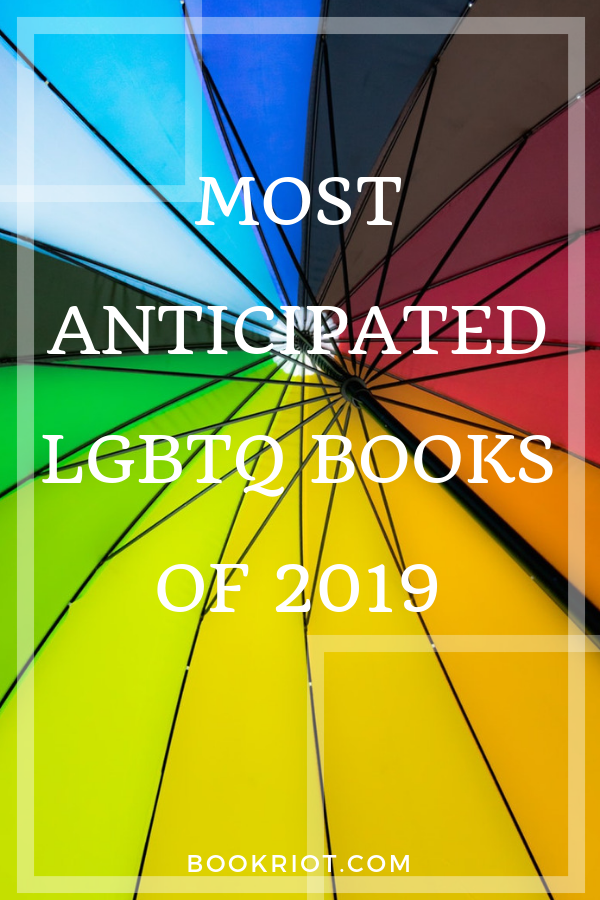

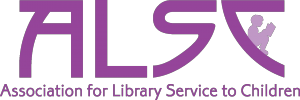
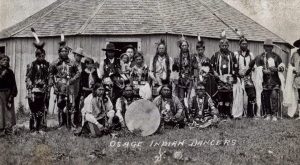
 Over the course of time, Wilder (pictured at left) gained some insight into the damage such language could have. Later editions of the book feature an edited line, which reads, ‘no settlers, only Indians’.” While this edit is a positive change, it is a limited one.
Over the course of time, Wilder (pictured at left) gained some insight into the damage such language could have. Later editions of the book feature an edited line, which reads, ‘no settlers, only Indians’.” While this edit is a positive change, it is a limited one. 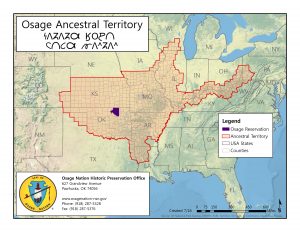
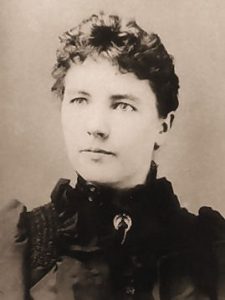 For the record, no one–not I, not the Free-For-All, not the Library, and not the ALA are accusing Wilder of intentional hate speech or overt racism. Indeed, her attempts to moderate her own words points to her potential to change and improve. And we are actually enjoying a rich moment where Wilder’s history, experiences, and struggles are being honored and remembered in a new, and for more nuanced, way (see last year’s
For the record, no one–not I, not the Free-For-All, not the Library, and not the ALA are accusing Wilder of intentional hate speech or overt racism. Indeed, her attempts to moderate her own words points to her potential to change and improve. And we are actually enjoying a rich moment where Wilder’s history, experiences, and struggles are being honored and remembered in a new, and for more nuanced, way (see last year’s 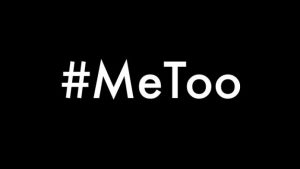
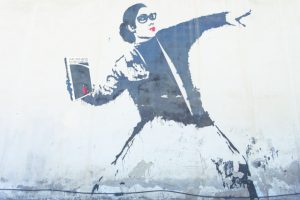
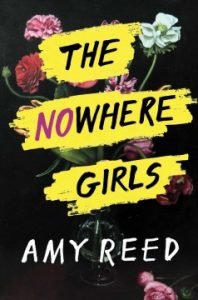
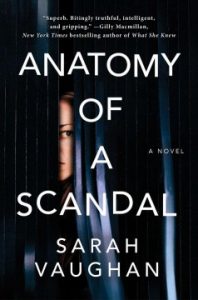
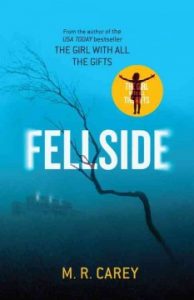

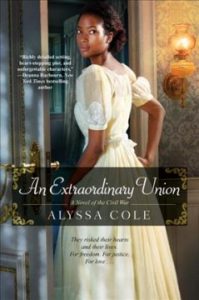
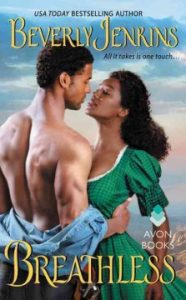
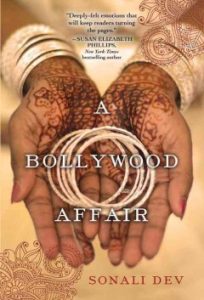
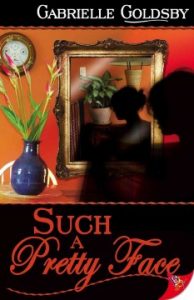
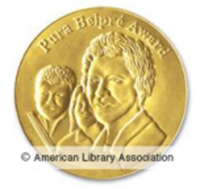
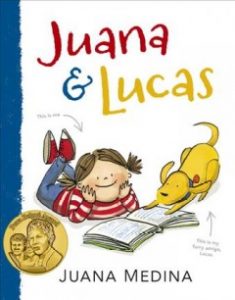
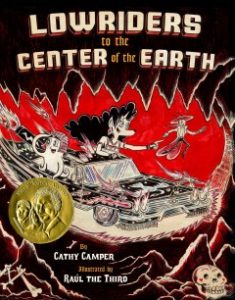
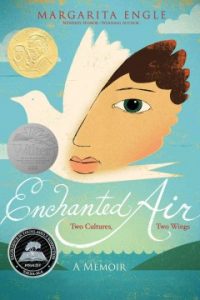
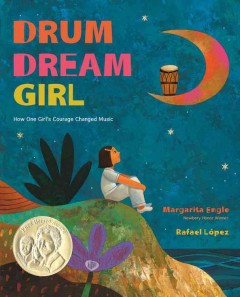
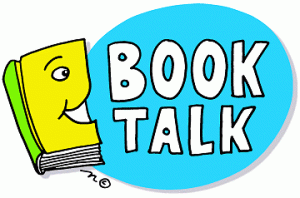
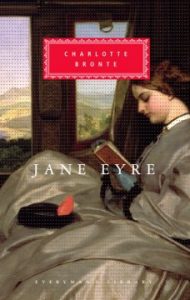 Let’s use my own experience as an example: It’s something of an open secret that I love
Let’s use my own experience as an example: It’s something of an open secret that I love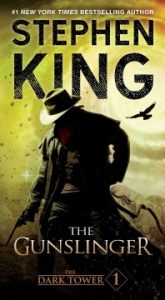 Similarly, a friend related that they had grown up adoring Stephen King’s
Similarly, a friend related that they had grown up adoring Stephen King’s 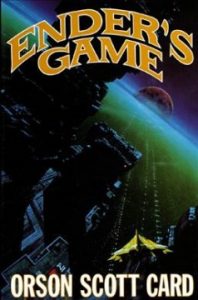 But sometimes, it can be an issue with the author. Another book brought up in this discussion was Orson Scott Card’s classic sci-fi novel
But sometimes, it can be an issue with the author. Another book brought up in this discussion was Orson Scott Card’s classic sci-fi novel 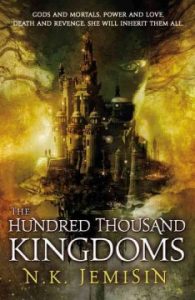 Secondly, as in so many other matters, the library can help you in these circumstances. For example: do you love an author, like Stephen King, who may not be the best at portraying people of color (…or women? …or another group of people?)? Why not come to the Library and learn about some authors who do?! Use your favorite author or series as a jumping-off point to explore other works of literature than can become new favorites. In the case of the
Secondly, as in so many other matters, the library can help you in these circumstances. For example: do you love an author, like Stephen King, who may not be the best at portraying people of color (…or women? …or another group of people?)? Why not come to the Library and learn about some authors who do?! Use your favorite author or series as a jumping-off point to explore other works of literature than can become new favorites. In the case of the 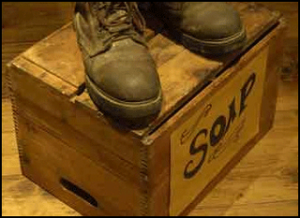

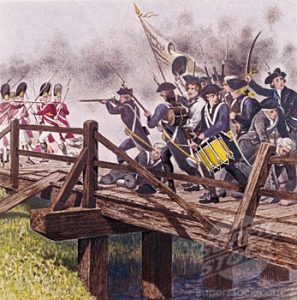
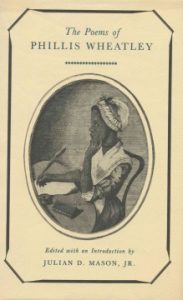
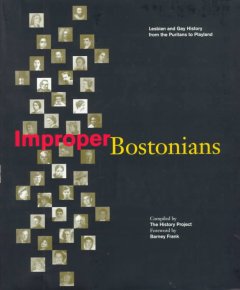 Improper Bostonians : lesbian and gay history from the Puritans to Playland
Improper Bostonians : lesbian and gay history from the Puritans to Playland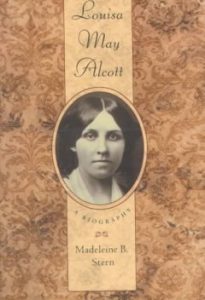 Louisa May Alcott: A Biography
Louisa May Alcott: A Biography